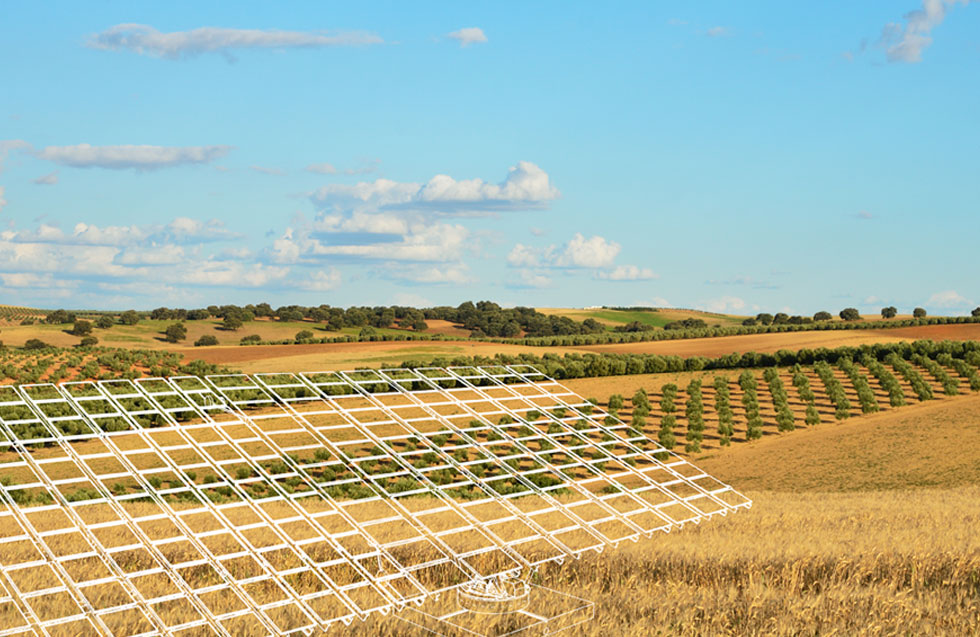Back 03/11/2021 Photovoltaic
Greenalia submits to public information a second photovoltaic plant, of 50 MW, planned in the south of Spain

- Quintos” (Seville), is the second Greenalia plant in the process of public information (IP) in Andalusia, after “El Tranco” (Almería), in the phase of receiving reports after completing the IP
Greenalia continues the processing of its pipeline in Spain, where in addition to the development of its projects in wind and biomass, it has more than 600 MW of photovoltaic in process in the regions of Andalusia and Valencia, two of the areas with the best solar resource in the Iberian Peninsula.
The “Quintos” plant, planned in Alcalá de Guadaira (Seville, Andalusia), is currently in the public exhibition phase, an installation that has the access and network connection rights and for whose development an investment of more than 30 million euros and the mobilization of more than 350 jobs are planned. The installation, with a power of 50 MWp, will have 86,207 state-of-the-art solar panels that will allow greater use in the capture of solar radiation.
These panels will produce 101,324 MWh per year, that is, the consumption equivalent to 20,000 families and will have an important environmental impact by avoiding the emission of 14,500 tons of CO2 into the atmosphere.
With similar figures, the plant of “El Tranco”, in the Andalusian province of Almería, specifically in the municipality of Lubrín, continues its processing. In this case, the public information phase has ended and is pending the corresponding Environmental Impact Statement (DIA).
Low environmental impact
The documentation submitted for processing includes the different environmental studies, after which a low impact is concluded, being the earthworks and the occupation of the land during the construction phase the actions that will produce the greatest impact on the ground. In this sense, and with the aim of minimizing the impacts as much as possible, prevention measures are established during construction and corrective measures after the end of the works, so that the values prior to the construction phase are restored.
High-capacity areas
Greenalia has 660 MW in photovoltaic processing, in projects located in the main resource areas of the Iberian Peninsula (510 MW Andalusia and 150 MW in the Valencian Community), classified as Zone V, with an annual capacity factor of 22%-25% (higher than 2,000 annual hours of production), much higher than the annual average of 18.8% (1645 equivalent hours, according to the 2018 Electric System Operation Report, published by REE).




